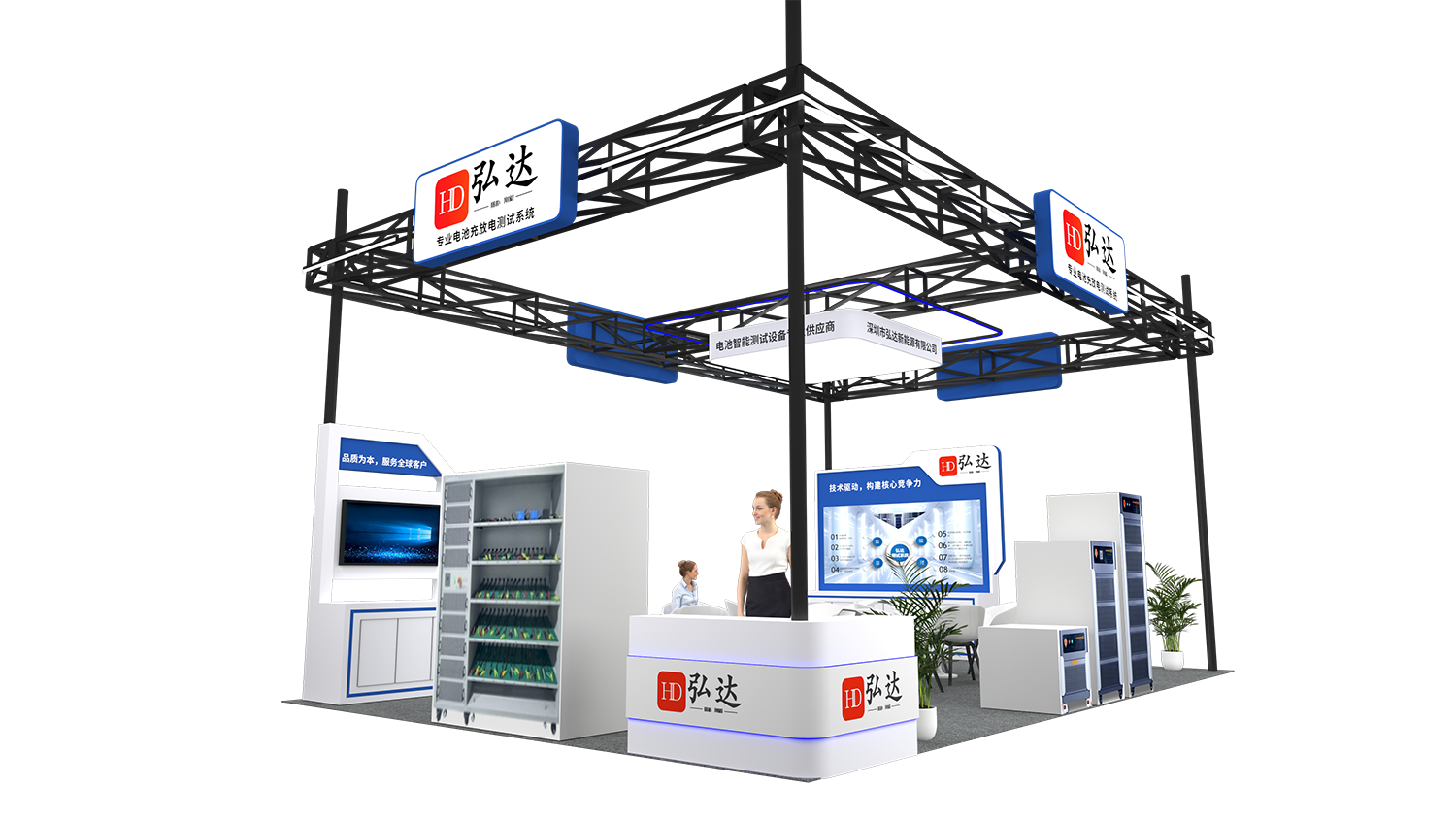The "Devil's Training" for Battery Testing Equipment Before Delivery: Aging Test, Securing the Last Checkpoint for Customers
People who have bought electronic devices may have wondered: if a new device is already tested and qualified before leaving the factory, why does it still need to undergo several extra days of aging test? Especially for Battery Testing Equipment—professional instruments related to production safety and product quality—this seemingly "time-consuming and labor-intensive" step actually embodies the most practical guarantee the manufacturer provides to customers.

It’s Not "Unnecessary"; It’s About Uncovering "Hidden Issues"
The core mission of battery testing equipment is to accurately Test Batteries’ charge-discharge cycles, capacity, temperature characteristics, and other parameters during battery R&D and production, ensuring battery performance and safety. However, a newly assembled battery testing device is just like a car that has just passed the break-in period—there may be "hidden bugs" in the adaptability between components, circuit stability, and software compatibility.
For example, the solder joint of a certain circuit may seem firm in initial testing, but after long-term high-load operation, it may suffer poor contact due to thermal expansion and contraction; the software system may run smoothly in short-term tests, but after continuous operation for several days, it might experience data freezes or false alarms. The aging test, however, allows the equipment to "undergo trials" before leaving the factory: it operates continuously for 72 hours or even longer in a high-intensity environment that simulates customers’ actual usage, proactively identifying these "hidden" issues in advance.
It’s Not Just "Qualified"; It’s About Ensuring "Durability"
For customers, when purchasing a piece of battery testing equipment, they not only hope it "works now" but also expect it to "work well for a long time." Especially in battery production workshops, equipment often needs to run 24/7, with barely any downtime throughout 365 days a year—this places extremely high demands on the equipment’s durability.
The essence of the aging test is to verify the equipment’s "durability" in advance. Through long-term high-load operation, we can observe the wear of the equipment’s key components: Can the heat dissipation system maintain stable cooling continuously? Does the connector meet the requirements for plug-and-unplug lifespan? Will the accuracy of the data acquisition module degrade over time?
A customer once reported that a certain brand of testing equipment they purchased earlier worked perfectly initially, but frequently malfunctioned after 3 months of continuous operation. Later, it turned out that the equipment had not undergone strict aging test before delivery—some components that seemed qualified simply could not withstand long-term high-intensity use. In contrast, our equipment, through pre-delivery aging "screening," eliminates those "qualified-but-not-durable" components in advance, ensuring every device delivered to customers can withstand the test of long-term production.

It’s Not "Delaying Shipment"; It’s About "Avoiding Troubles"
Customers often urge us: "The equipment is already assembled—why can’t it be shipped immediately?" In fact, no one wants to deliver the goods faster than we do. But compared to "fast shipment," we are more afraid of "causing troubles for customers during use."
Just imagine: if the equipment is shipped in a hurry without aging test, and problems are found only after it arrives at the customer’s workshop, we not only need to send engineers for on-site maintenance (which delays the customer’s production schedule) but also risk damaging the customer’s trust in us. Although pre-aging test may delay shipment by a few days, it can effectively avoid such subsequent troubles.
Final Note
For us, the aging test of battery testing equipment before shipment is never a "formality," but a "bottom line" for being responsible to customers. Every extra day the equipment runs in the aging test means one less risk for customers in subsequent use; every problem solved before delivery means one less trouble for customers in production.
Some may say we are too "conscientious," but we have always believed: a truly good product should not only be "qualified" but also "reliable"; truly good service should not only be "fast" but also "worry-free." And this "conscientiousness" is our most sincere commitment to customers.

 1000V-1500V High Voltage High Current Battery Testing System
1000V-1500V High Voltage High Current Battery Testing System 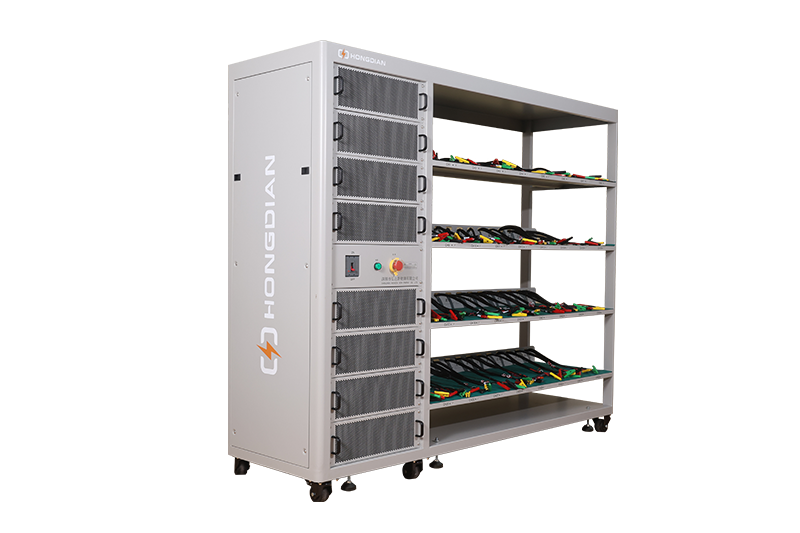 32/48 channel battery charging and discharging test integrated battery cabinet
32/48 channel battery charging and discharging test integrated battery cabinet  40 channel battery charging and discharging test integrated battery cabinet
40 channel battery charging and discharging test integrated battery cabinet  64 channel battery charging and discharging test integrated battery cabinet
64 channel battery charging and discharging test integrated battery cabinet 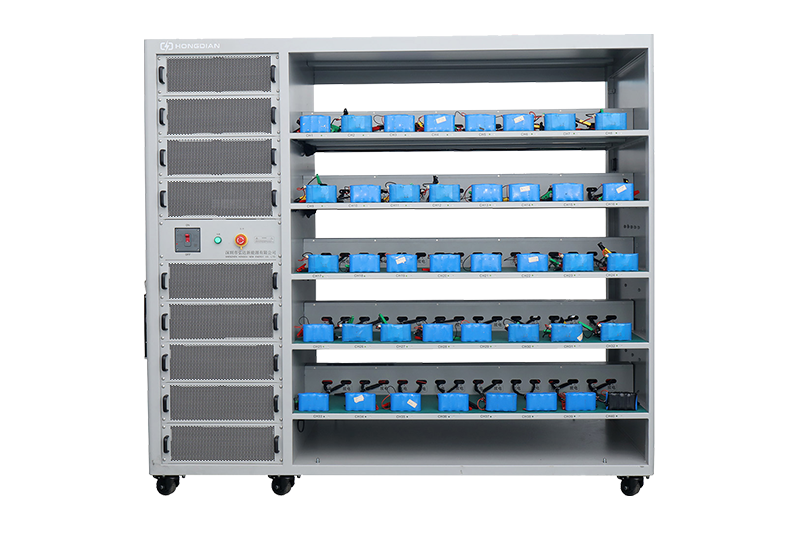 80 channel battery charging and discharging test integrated battery cabinet
80 channel battery charging and discharging test integrated battery cabinet 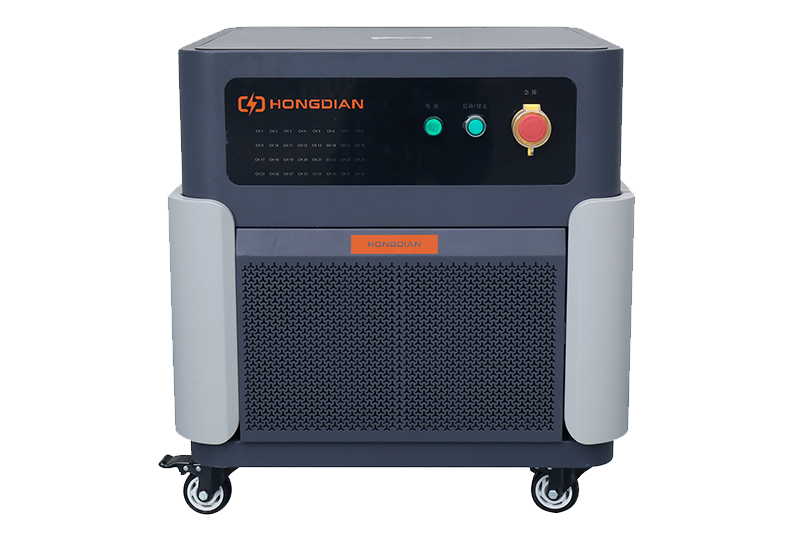 High-Precision Battery Testing System for Enhanced Performance Monitoring 30V/60V/100V/120V
High-Precision Battery Testing System for Enhanced Performance Monitoring 30V/60V/100V/120V 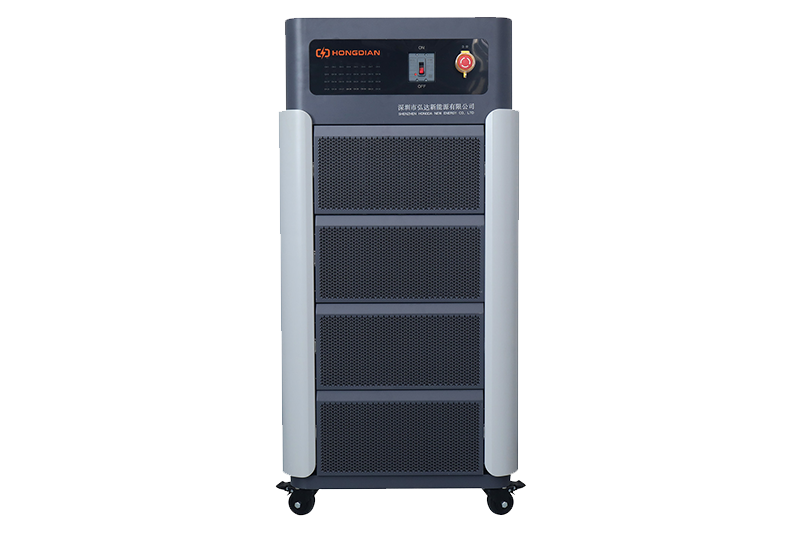 High-Precision Battery Charge Discharge Test Systems for EV Manufacturers
High-Precision Battery Charge Discharge Test Systems for EV Manufacturers 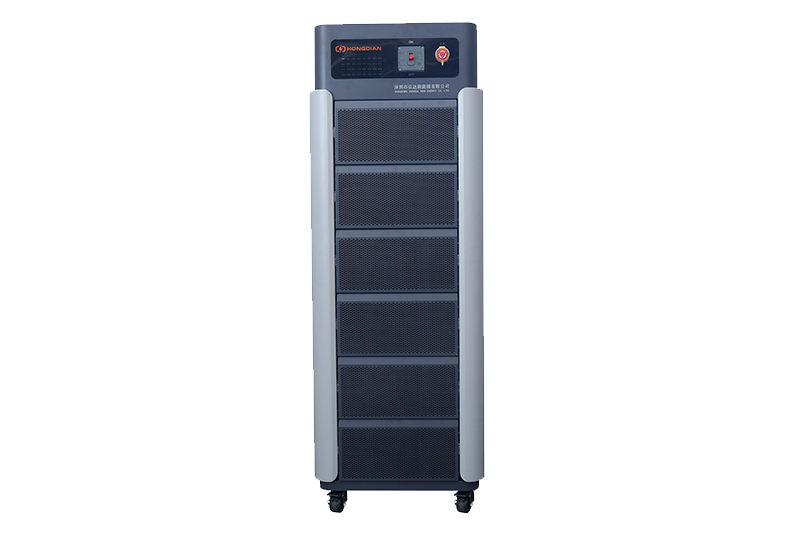 Precision Battery Test Racks for Cell Capacity & Internal Resistance Measurement
Precision Battery Test Racks for Cell Capacity & Internal Resistance Measurement  Multi-Channel Battery Testing Equipment for Parallel Performance Analysis
Multi-Channel Battery Testing Equipment for Parallel Performance Analysis 









